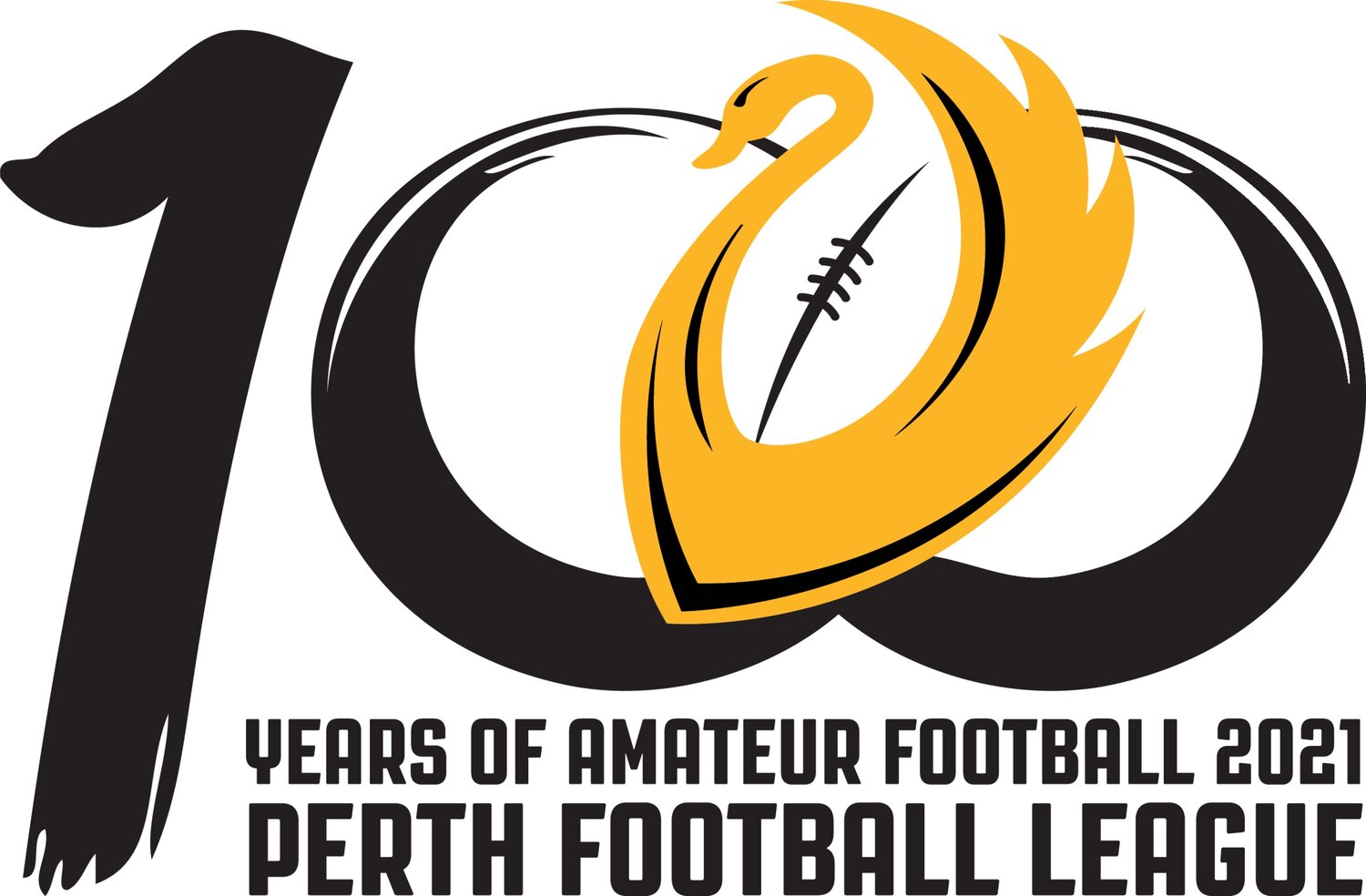The value of a footy oval
SNESA’s Darrel Cowie speaks to Chris Egan
Across its 100 year history, the Perth Football League has seen vast changes. While a lot of the focus is on how the game has changed in an on-field capacity, arguably greater advancements have occurred for over 100 years off the field.
As the game of Australian Rules has rapidly expanded as a commercial entity at the highest level of AFL, the flow on has occurred at community level.
Just as community coaches and players aspire to play the game the same way as their AFL idols, implementing strategies and processes that filter down through all levels, there is a group of key off-field identities and administrators that are learning from the highest level. One of the great examples in the Perth Football League of following in AFL footsteps from a commercial experience, is SNESA Football Club and the story behind the name of their beloved home ground.
For the majority of its existence SNESA had played out of Queens Park Reserve. Now though, that same home goes by a different name for SNESA, as they play all their home games at Soklich & Co Oval. Same home, different name.
What once would be seen as unimaginable, a beloved and historic footy home ground being a commercialised asset, at the highest levels, AFL and WAFL administrators realised the great commercial value that came from a home ground naming rights. From WAFL ground such as Subiaco Oval being renamed Paterson’s Stadium, Bassendean Oval to Steel Blue Oval and more recently Lathlain Park to Mineral Resources Park, AFL and WAFL clubs have benefitted financially from oval naming rights.
With these examples at a higher level, it was just going to take one club with the conviction to make the change and reap the commercial reward. For the Perth Football League, that club has been SNESA. A club that has now secured its financial future for both the short and long term.
As a long time SNESA player and SNESA Treasurer, Darrell Cowie had an appreciation for the need for the club to strengthen its financial position and recognised the importance of what extra sponsorship investment could do for the club.
“We have done a lot of sponsorship in the last few year as that was one area we struggled to attract outside interest,” Cowie said.
“With more players, obviously the bar sales step up and that’s a big income generator, so those couple of items really helps with the financial side of things.”
It has proven to be a successful venture, as SNESA increasing their sponsorship revenue has helped to attract extra players, with the club now fielding three sides.
Given this success, it is perhaps even more surprising than the decision to offer naming rights to a ground, that more clubs have not followed in SNESA’s footsteps. In what is very much a copycat industry, few Perth Football League clubs have been bold enough to follow the lead that has been made by SNESA.
Yet as football clubs at every level battle for recognition and fight for their respective futures, commercial assets will make a difference. With less resources and less volunteers trying to achieve more, it will be a requirement for clubs to continue forward thinking. For SNESA, these same forward thinking decisions have been backed by having a strong committee to support this vision.
“We are probably in the best position we have ever been,” Cowie said.
“We have a very strong committee and a lot of people involved that are passionate about the club, so it’s made it easy the last few years and our financial future is looking pretty good at the moment.”

